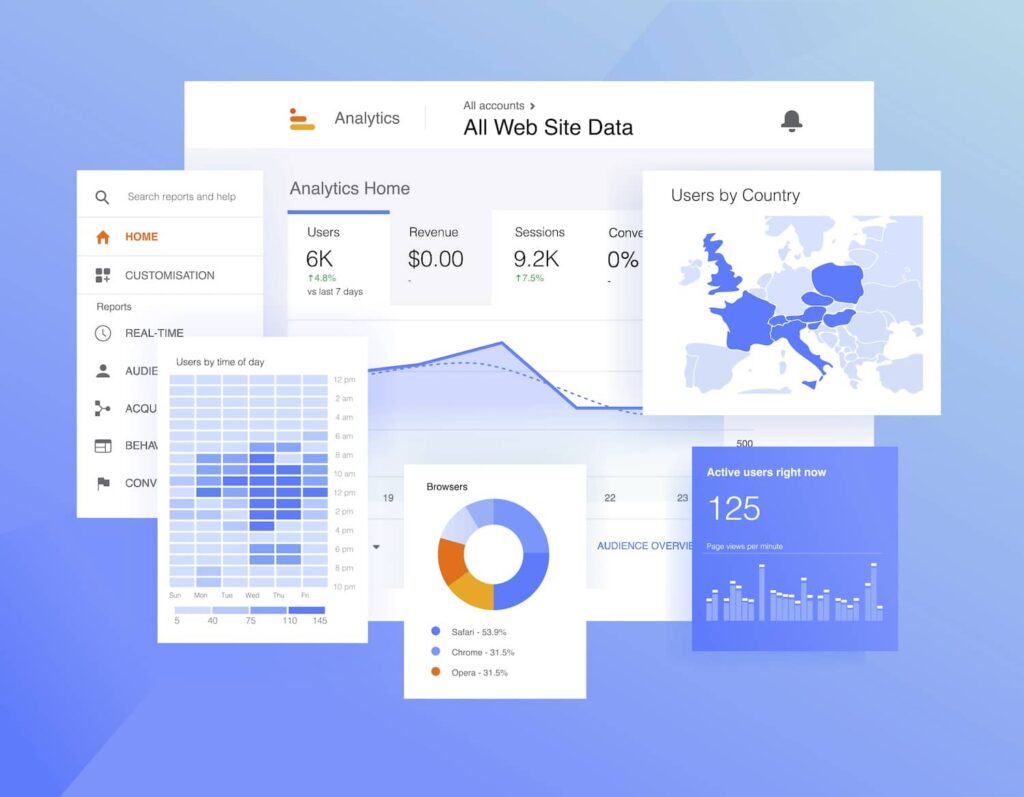Demystifying Secondary Dimensions in Google Analytics: Meaning and Practical Applications
Wiki Article
Revealing the Effect of Second Dimension in Google Analytics on Data Evaluation and Insights
In the world of information analytics, the use of additional measurements within Google Analytics has actually emerged as a critical tool for drawing out deeper insights and unraveling facility patterns that might or else stay covered. By peeling back the layers of primary data collections, secondary measurements use a nuanced viewpoint that enhances the understanding of individual actions, site efficiency, and the performance of marketing methods. The true influence and untapped capacity of additional measurements are usually underestimated, eclipsed by the appeal of main metrics. As we browse with the intricate landscape of information evaluation, the relevance of second dimensions ends up being increasingly obvious, clarifying essential information that hold the key to notified decision-making and tactical optimizations.Checking Out the Concept of Additional Measurements
Secondary measurements in Google Analytics give added insights by allowing customers to assess key information together with an additional characteristic. This attribute makes it possible for an extra detailed understanding of the main data by including one more layer of information for analysis. By integrating additional dimensions, users can delve deeper into the information and reveal beneficial relationships that may otherwise go unnoticed. For instance, by coupling the primary data of web site web traffic with additional dimensions like demographics or behavior, online marketers can get a much more detailed view of their target market and customize their techniques as necessary.Comprehending the concept of second measurements is important for making best use of the potential of Google Analytics. It allows users to segment information properly, recognize patterns, and make notified decisions based upon a much more full photo of their analytics information. By discovering the different second dimensions readily available in Google Analytics, individuals can unlock new understandings and maximize their electronic marketing efforts. Fundamentally, second measurements work as a powerful tool for enhancing information analysis and driving actionable outcomes.
Enhancing Data Interpretation With Second Measurements
Having actually developed the foundational understanding of additional measurements in Google Analytics and their pivotal function in data evaluation, the focus now moves towards leveraging these secondary credit to improve the analysis of analytics information (what is a secondary dimension in google analytics). By incorporating additional measurements into data analysis, analysts can gain deeper insights into individual habits, site performance, and advertising efficiency

In addition, second measurements assist in contextualizing main data metrics by offering additional layers of info. This contextualization aids in comprehending the 'why' behind the information patterns, helping analysts make notified optimizations and choices to improve general performance. Eventually, incorporating secondary dimensions enriches the data analysis process, leading to more tactical actions and meaningful understandings.
Discovering Hidden Insights Through Secondary Dimensions
Exploring the depths of analytics data with second dimensions exposes important understandings that would or else continue to be covered. By including additional measurements in Google Analytics, organizations can unearth covert patterns, fads, and relationships that give a more extensive understanding of user click resources habits and site efficiency. These additional layers of information permit analysts to delve deeper right into the primary measurements, such as website traffic resources or landing web pages, and acquire a more nuanced perspective on how different variables connect with each other.Via the usage of second measurements, analysts can segment and contrast data across numerous measurements, allowing them to determine specific aspects that affect customer interaction, conversion prices, and total success metrics. As an example, by combining the key dimension of 'device group' with the secondary measurement of 'age team,' online marketers can determine which age demographics choose accessing the website through mobile phones versus desktop computers. This level of granularity equips businesses to make data-driven choices and optimize their methods for better outcomes. Eventually, discovering hidden understandings through additional dimensions enhances the deepness and accuracy of information evaluation, bring about more educated decision-making and improved efficiency end results.
Leveraging Additional Measurements for Actionable Analytics
Structure upon the understandings unveiled with secondary measurements in Google Analytics, companies can currently harness this enriched data landscape to drive workable analytics and calculated decision-making. By leveraging secondary dimensions, organizations can delve deeper right into their information to draw out valuable patterns, fads, and relationships that might have previously gone unnoticed. This much deeper degree of analysis makes it possible for services to obtain an extra thorough understanding of user behavior, project performance, and general website effectiveness.One key advantage of making use of additional dimensions for workable analytics is the ability to segment information based upon certain criteria. This division permits companies to tailor their methods and projects to different target market groups, causing much more targeted and effective advertising efforts - what is a secondary dimension in google analytics. Furthermore, second measurements give an even more all natural sight next of customer communications, enabling businesses to optimize their website web content, layout, and overall user experience
Taking Full Advantage Of Decision-Making With Secondary Measurements
To enhance strategic decision-making in analytics, leveraging additional measurements in Google Analytics can offer an extra nuanced perspective on individual habits and campaign performance. By integrating second dimensions right into information analysis, companies can dig much deeper right into the specifics of their website visitors' communications and interaction patterns. This extra layer of details permits a more detailed understanding of just how various variables, such as demographics, gadgets, or web traffic resources, influence crucial performance indications.
Verdict
Finally, the use of secondary measurements in Google Analytics plays a crucial function in improving information analysis and revealing surprise insights. By discovering this concept, one can obtain a deeper understanding of individual habits and make informed decisions based on actionable analytics. Leveraging second measurements permits an extra detailed analysis of data and takes full advantage of the efficiency of decision-making procedures.
Report this wiki page